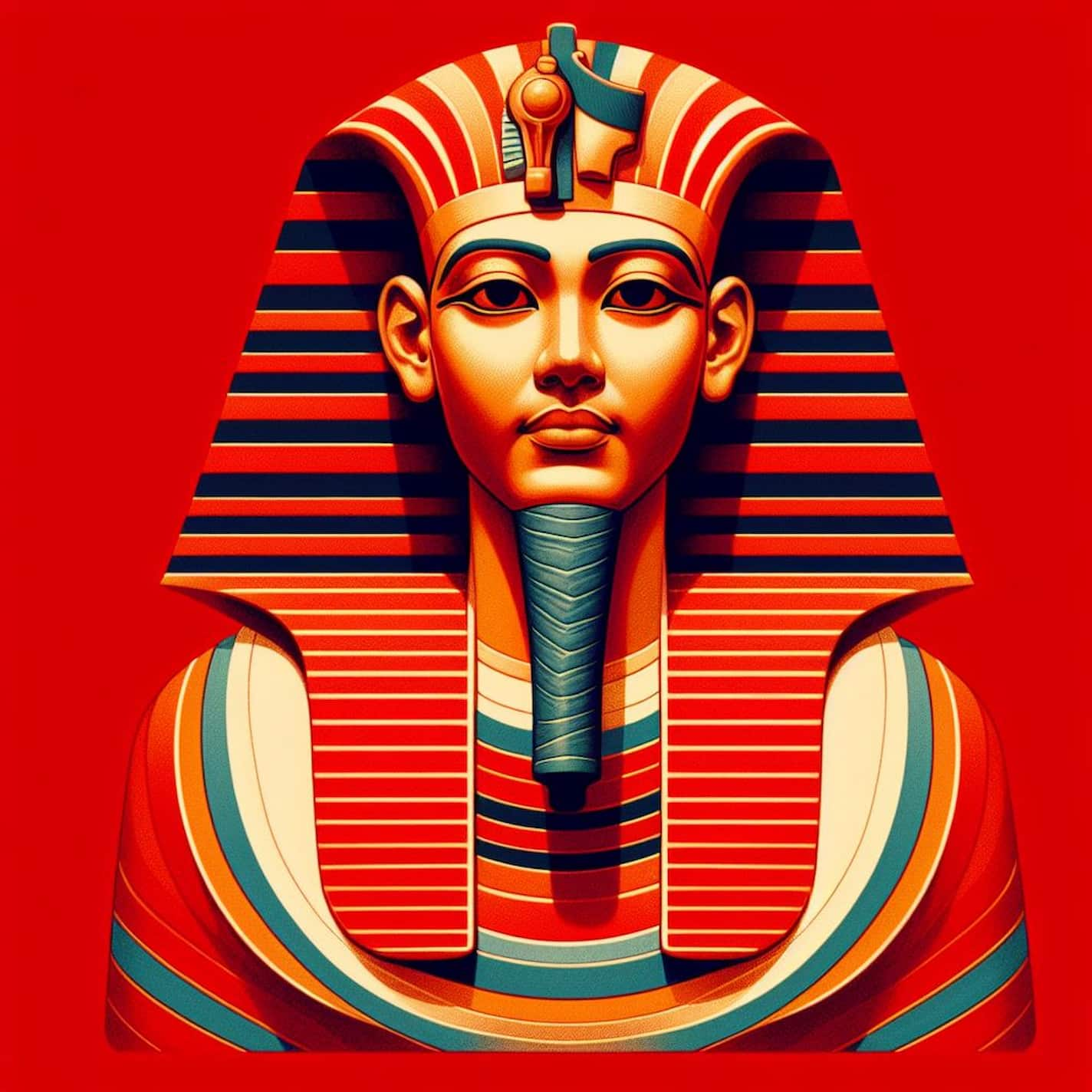Khasekhemwy: Last Egyptian Pharaoh of the 2nd Dynasty
Khasekhemwy was the Horus name of the last ancient Egyptian king (Pharaoh) of the 2nd Dynasty (Early Dynastic Period), who ruled until around 2740 BCE.

Khasekhemwy was the Horus name of the last ancient Egyptian king (Pharaoh) of the 2nd Dynasty (Early Dynastic Period), who ruled until around 2740 BCE.

